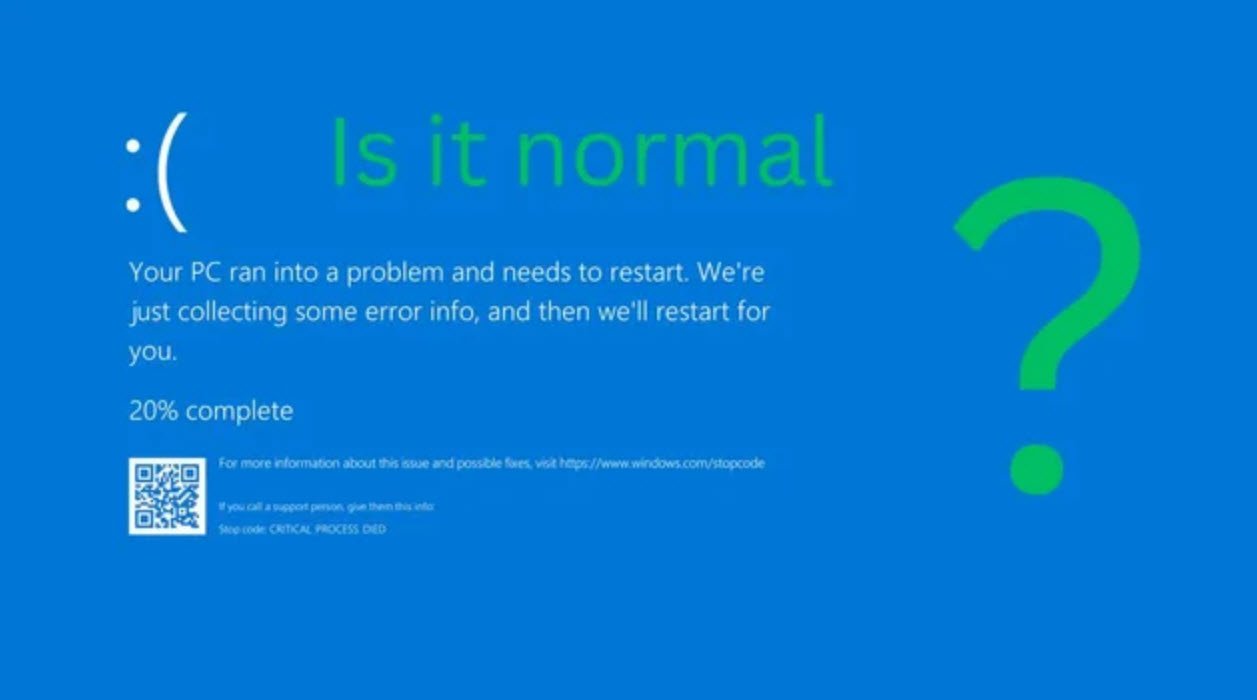
In today’s digital age, where data is the lifeblood of organizations and cyber threats are ever-evolving, conducting a thorough risk assessment is a crucial step in safeguarding your assets. This process, though often perceived as complex, can be broken down into a series of well-defined steps.
Let’s unravel the intricacies of the risk assessment journey:
1. Analyze Organizational Structure, Environments, Goals, and Operations
At the outset, it’s vital to understand your organization inside-out. Analyze its structure, the environments it operates in, its overarching goals, and day-to-day operations. This holistic view sets the stage for tailoring your risk assessment to your organization’s unique context.
2. Collect Data
Data is the bedrock of risk assessment. Gather comprehensive data on people, groups, technologies, and architectures within your organization. This data will form the basis for identifying potential risks and vulnerabilities.
3. Define Scope
Establish the scope of your risk assessment by selecting specific environments and operations to focus on. Clearly delineate the boundaries of your assessment, ensuring you don’t miss critical areas.
4. Critical Asset Assessment
Identify and assess your organization’s critical assets. These are the crown jewels, the assets that, if compromised, could have severe consequences. Understanding what’s most valuable is fundamental to the risk assessment process.
5. Initiate Threat Assessment
Start building your threat assessment by identifying known or potential threats against your critical assets. These threats could encompass a range of possibilities, from cyberattacks to physical breaches.
6. Vulnerability Assessment
For each asset identified in the critical asset assessment, conduct a vulnerability assessment. Evaluate weaknesses and vulnerabilities that could be exploited by threats. Assign severity ratings to these vulnerabilities.
7. Align Threats and Vulnerabilities
Update your list of threats based on the findings from the vulnerability assessment. This ensures that your threat assessment is grounded in the specific vulnerabilities identified. Establish threat severity ratings using the vulnerability severity ratings as a reference.
8. Qualify Results
Assess the results gathered so far. Determine ratings for critical assets, threats, and vulnerabilities. This step quantifies the potential risks in a structured manner.
9. Risk Analysis
Enter the heart of the risk assessment process. Establish risk ratings for assets using critical asset value ratings and threat severity ratings. This calculation helps prioritize risks, so you can allocate resources effectively. Simultaneously, revisit and update safeguards and controls for assets.
10. Resolution Steps
For each identified asset risk, determine resolution steps: accept, remediate, or mitigate. Decide what actions need to be taken to address the risks and assign responsibilities. This step is crucial in translating assessment findings into actionable outcomes.
11. Finalize Documentation
Thorough documentation is essential for tracking progress and maintaining accountability. Document the entire risk assessment process, from initial analysis to resolution steps. Assign ownership of remediation and mitigation tasks to specific individuals or teams.
In conclusion, the risk assessment process may appear daunting, but when broken down into these structured steps, it becomes a manageable and invaluable tool for safeguarding your organization. Regular risk assessments not only enhance your security posture but also provide the insights needed to adapt to the ever-changing threat landscape. Remember, in the world of cybersecurity, preparedness is key, and a well-executed risk assessment is your first line of defense.
You may also like:- How To Fix the Crowdstrike/BSOD Issue in Microsoft Windows
- MICROSOFT is Down Worldwide – Read Full Story
- Windows Showing Blue Screen Of Death Error? Here’s How You Can Fix It
- A Guide to SQL Operations: Selecting, Inserting, Updating, Deleting, Grouping, Ordering, Joining, and Using UNION
- Top 10 Most Common Software Vulnerabilities
- Essential Log Types for Effective SIEM Deployment
- How to Fix the VMware Workstation Error: “Unable to open kernel device ‘.\VMCIDev\VMX'”
- Top 3 Process Monitoring Tools for Malware Analysis
- CVE-2024-6387 – Critical OpenSSH Unauthenticated RCE Flaw ‘regreSSHion’ Exposes Millions of Linux Systems
- 22 Most Widely Used Testing Tools








